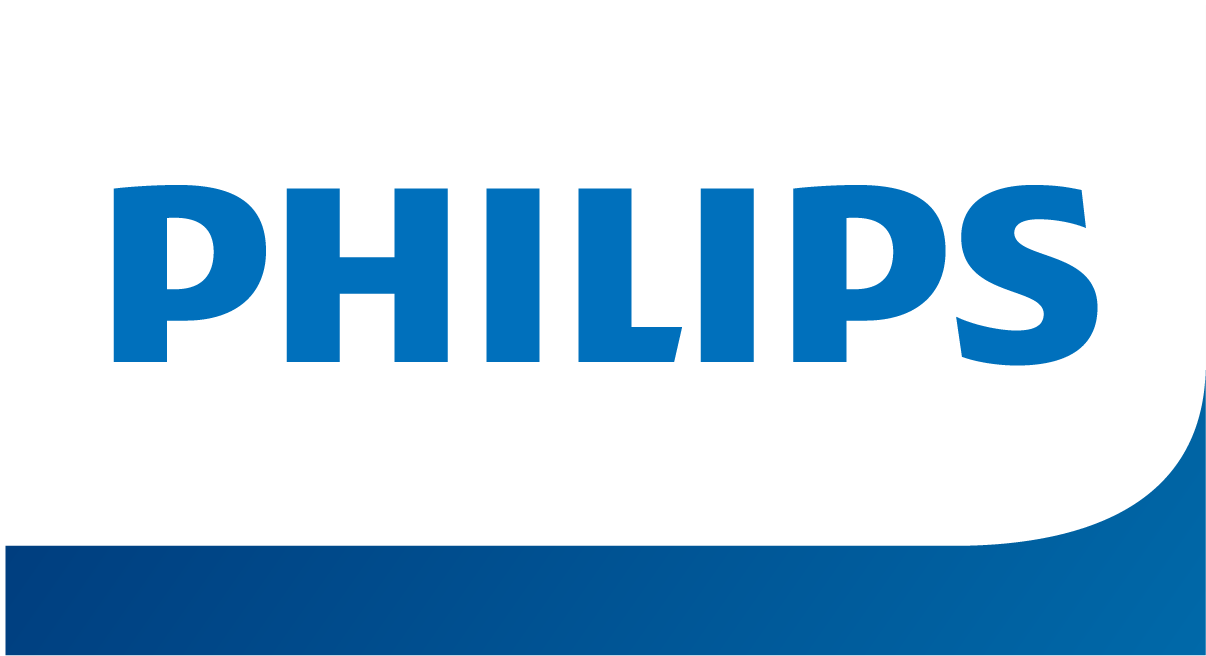By 2024, technological developments and changing customer tastes will have caused a significant shift in the smart lock market. Smart locks have become increasingly popular due to the growing need for convenience and security in homes and businesses.
Many people and small companies choose Philips because of its unique features and dependable performance when looking for a top manufacturer.
This article looks at the smart locks market in 2024 and how it’s shaping up, focusing on essential trends, new technologies, and predictions for the industry. Stakeholders may learn much about smart locks’ future and development prospects by looking at the industrial environment.
How is the Smart Locks Market Evolving in 2024?
In 2024, the smart locks market is undergoing a significant evolution driven by advancements in technology and changing consumer preferences. With a growing emphasis on convenience, security, and connectivity, smart locks are becoming increasingly integrated into smart home ecosystems.
Manufacturers are focusing on enhancing features such as biometric authentication, remote access control, and compatibility with voice assistants and mobile applications.
Moreover, there is a shift towards more sustainable and energy-efficient smart lock solutions. As the market continues to evolve, we can expect to see greater adoption of smart locks across residential, commercial, and institutional settings, shaping the future of security access systems.
What is the Current Market Size Analysis of Smart Locks Industry?
A combination of factors, including increased security concerns and the popularity of smart home technology, drives the smart locks industry’s current market size study toward solid expansion.
The smart lock maker business is seeing increased innovation and competition due to various new entrants, including established companies like Philips. Analysts predict that the smart lock business will continue to grow, with chances for new product launches and deeper market access, as smart lock solutions become more well-known and accepted by consumers.
What New Features or Technologies are Being Integrated into Smart Locks?
There has been a significant increase in the development of smart locks in the last few years, with makers like Philips constantly adding new capabilities to improve safety, usability, and the overall smart lock experience. Here are a few examples of recent innovations in smart lock technology:
- Security using Biometrics
In addition to the usual security measures, such as keypads or key fobs, many modern smart locks also include biometric capabilities, such as recognizing fingerprints or faces.
- Conversational Assistant Integration
The ability to lock and open doors with voice commands is becoming more familiar with smart locks, mainly due to their compatibility with principal voice assistants such as Apple HomeKit, Google Assistant, and Amazon Alexa.
- Functionality for Geofencing
Due to geofencing technology, smart locks may lock or unlock themselves when the user gets close to the door, making it more convenient and secure.
- Control and Access from a Distance
The rise of cloud-based platforms and smartphone applications has enabled consumers to operate and monitor their smart locks from any location with an internet connection. This allows them to let people in or out of their house even when they’re not there.
- Cooperation with Systems for Smart Homes
To improve connection and automation, smart locks are currently being developed to work with other systems and devices in the smart home. These include security cameras, doorbell cameras, and platforms for home automation.
In response to customers’ ever-changing wants and demands, the smart lock industry has made strides to improve security, convenience, and interoperability.
Are There Any Forecasts or Predictions for the Future of Smart Locks in 2024 and Beyond?
The smart home industry is only going to become bigger and better from here on out, and predictions and forecasts for smart locks in 2024 and beyond show promising development and innovation.
- Market Growth
Analysts forecast continuous growth in the usage of smart locks, with the worldwide industry projected to reach new heights. From 2021–2026, the market is expected to increase at a CAGR of more than 15%, reaching a value of more than $4 billion by 2024.
- Progress in Technology
New features and functionality for smart locks will likely be introduced as a result of ongoing technological breakthroughs. Among these improvements are the incorporation of geofencing, improved communication with smart home ecosystems, and biometric identification.
- Better Networking
Smart home automation and the proliferation of the Internet of Things (IoT) are driving trends toward more integrated smart locks. Users would have more control and convenience with the possibility of flawless connection with security cameras, doorbell cameras, and virtual assistants.
- Prioritize Safety and Confidentiality
There will be a greater emphasis on improving privacy and security features as smart locks become more common. If manufacturers are serious about keeping customers’ data safe from prying eyes, they will provide privacy controls, secure authentication systems, and robust encryption algorithms.
- Market Competence
Consumers should anticipate a broader selection of solutions at varying price points as the smart lock industry becomes more competitive in response to rising demand. There will be fierce competition for consumers’ dollars as well as features in the smart lock industry from both well-known companies and upstarts like Philips.
Predictions for the future of smart locks include further expansion, new technical developments, and a stronger emphasis on safety and interconnection.
What are Consumers Looking for In Smart Locks in 2024?
In the year 2024, people are looking for smart locks that provide a perfect combination of security, connection, and ease of use. Integration with smart home ecosystems, biometric identification for increased security, and remote access via smartphone applications are some of its prioritized features.
Geofencing, voice control, and virtual assistant compatibility are a few more sophisticated features that users are looking for. Important considerations impacting customer choice include adaptability to different needs, simplicity of installation, and compatibility with preexisting door hardware.
In general, people are looking for smart locks that can solve all of their home security problems, making their lives easier and giving them more peace of mind.
Final Thoughts
Finally, the smart locks industry trend for 2024 reveals a shifting landscape defined by new technologies and evolving customer tastes.
The Philips smart lock stands out because of its exceptional security features and accessible design, making it an ideal pick for homes and small businesses. To take advantage of new possibilities and satisfy consumers’ changing wants, industry participants must keep up with these trends as the market grows.




